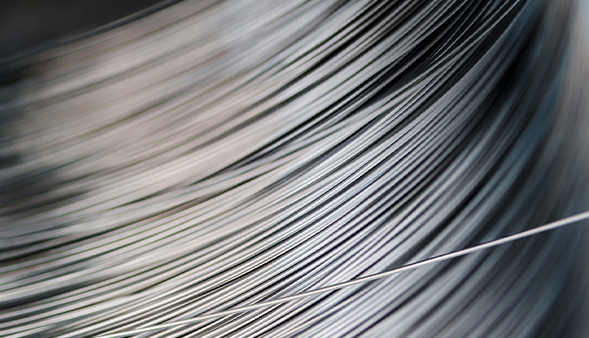Oct . 21, 2024 14:39 Back to list
Investment Trends in China's Refractory Material Market and Future Prospects
The Growing Landscape of Refractory Investment Materials in China
In recent years, China has emerged as a global leader in the production and consumption of refractory materials, driven by its rapid industrial development and expansion in sectors such as steel, cement, glass, and ceramics. Refractory investment materials, which are crucial for high-temperature applications, are experiencing significant growth in demand due to the country's ongoing infrastructural projects and increasing industrial activities.
Understanding Refractory Investment Materials
Refractory materials are defined as substances that can withstand high temperatures without losing their physical and chemical properties. They are essential in the manufacturing processes of various industries, especially in furnaces, kilns, and reactors where extreme conditions are prevalent. Investment refractories, in particular, refer to materials used to cast metal and form molds in the investment casting process. These materials must demonstrate excellent thermal stability, minimal thermal expansion, and high resistance to chemical erosion.
Market Dynamics in China
China's refractory market is characterized by a robust supply chain, including the extraction of raw materials, manufacturing facilities, and advanced research and development institutions. The country possesses vast mineral resources, such as bauxite, alumina, and clay, which are fundamental for producing high-quality refractories. Furthermore, the Chinese government has been actively promoting the adoption of advanced materials and technologies, leading to an increase in innovation among domestic producers.
The demand for refractory investment materials is largely driven by several key sectors
1. Steel Industry As one of the largest steel producers in the world, the Chinese steel industry significantly contributes to the refractory market. Refractory materials are essential for linings in steelmaking furnaces and ladles, where they face harsh operating conditions. The push for higher efficiency and sustainability in steel production is further propelling investments in advanced refractory solutions.
2. Cement and Glass Production With the rapidly growing construction industry in China, the cement sector is booming, leading to heightened demand for refractory materials used in kilns and furnaces. Additionally, the glass manufacturing sector employs refractory materials for melting operations, which require stability under extreme thermal conditions.
china refractory investment material

3. Aerospace and Automotive Industries These sectors are increasingly turning to refractory investment materials for components that withstand high temperatures and thermal shocks. As the manufacturing of high-performance components becomes more common, especially for gas turbines and engine parts, the significance of advanced refractory materials continues to rise.
Technological Advancements and Innovations
The competitive landscape of refractory manufacturing in China is shifting towards innovation. Companies are focusing on developing new formulations and processing techniques to produce advanced refractories with enhanced performance characteristics (e.g., higher thermal resistance and lower thermal conductivity). Research institutions are collaborating with industries to explore alternative materials and eco-friendly production methods. Additionally, companies are investing in automation and digitalization to improve efficiency in manufacturing processes.
Challenges and Opportunities
While the future looks promising, the Chinese refractory investment material market faces several challenges. Environmental regulations are tightening, prompting manufacturers to invest in greener production technologies. Additionally, global competition, particularly from countries with significant refractory production capabilities such as India and Brazil, requires Chinese firms to enhance their competitive edge by emphasizing quality and innovation.
On the other hand, opportunities abound in expanding international markets. As countries around the world continue to invest in industrialization and infrastructure, the demand for refractories is expected to grow. Chinese manufacturers can leverage their established supply chains and experience to capture a larger share of the global market.
Conclusion
The refractory investment material sector in China is poised for significant growth, driven by robust industrial demand, technological advancements, and expanding global markets. As Chinese manufacturers continue to innovate and adapt to changing regulations and market conditions, they will play a pivotal role in shaping the future of high-temperature applications worldwide. Continuous investment in research and development, coupled with a commitment to sustainability, will ensure China's dominance in the refractory materials landscape for years to come.
-
Eco-Friendly Granule Covering Agent | Dust & Caking Control
NewsAug.06,2025
-
Fe-C Composite Pellets for BOF: High-Efficiency & Cost-Saving
NewsAug.05,2025
-
Premium Tundish Covering Agents Exporters | High Purity
NewsAug.04,2025
-
Fe-C Composite Pellets for BOF | Efficient & Economical
NewsAug.03,2025
-
Top Tundish Covering Agent Exporters | Premium Quality Solutions
NewsAug.02,2025
-
First Bauxite Exporters | AI-Optimized Supply
NewsAug.01,2025
